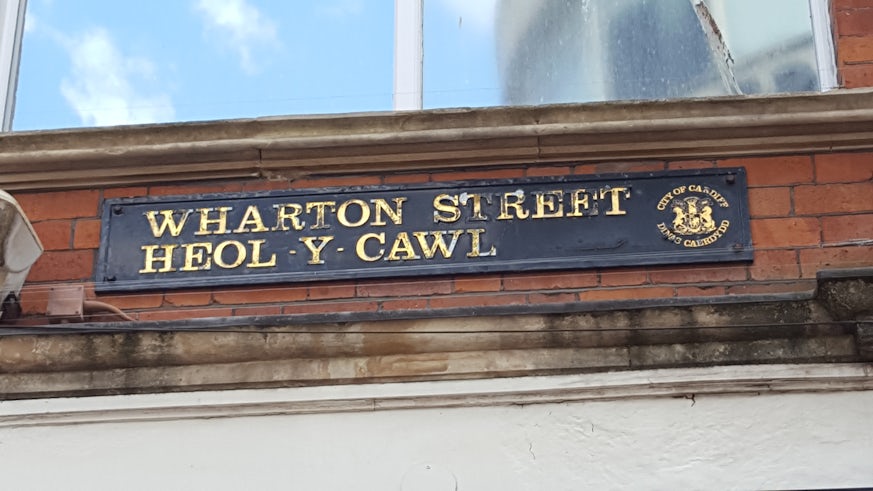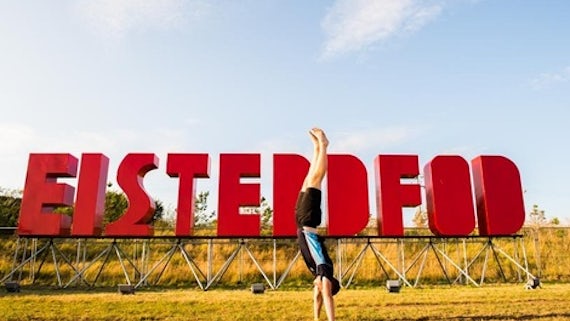What’s in a name?
31 July 2018

Why does Cardiff’s Heath suburb have two competing Welsh names: Y Waun and Y Mynydd Bychan?
And when did one of the city’s best known thoroughfares swap its Welsh name, meaning a muddy patch of land, for a grander sounding English name?
These and other questions will be answered by the head of Cardiff University’s School of Welsh in a talk about Cardiff’s place names, at the National Eisteddfod.
Dr Dylan Foster Evans, one of the panel of experts who recently drew up a list of standardised Welsh place names, said the names used often depended on the relationship between the two languages at the time.
“Historically, the two languages have ebbed and flowed and place names attest to that, giving rise to interesting forms such as Penhill - where ‘pen’ and ‘hill’ share much the same meaning,” he said.
“Some names taken from Welsh have been knowingly replaced, such as Plwca Lane - plwca meaning an area of muddy land - being changed to Castle Road, later City Road.
“Others that were long used by Welsh speakers but not given official status, such as Heol y Cawl – Wharton Street in the city centre - are now recognised by the authorities.”
Dr Evans is delivering the Hedley Gibbard Memorial Lecture, organised by Cymdeithas Cyfieithwyr Cymru - the association of Welsh translators and interpreters.
Translation, adaptation and displacement: The relationship between Welsh and English place names in Cardiff takes place in the Societies 1 tent from 13:00 to 13:45 on Thursday 9 August 2018.
“Some historical Welsh names, such as Y Mynydd Bychan (the Heath), were more or less forgotten, so much so that in the mid-20th century a new Welsh name was created for the area by translating Heath as Y Waun,” said Dr Evans.
“Later on, the original name came back into use, gradually replacing Y Waun. But it’s not to everyone’s taste.”
One recent development is Welsh names being created for places such as Grangetown that do not have historic Welsh names. The late historian Dr John Davies coined the name Trelluest, which is now gaining popularity.
“Although without official status, such names are increasingly evident online and on social media,” said Dr Foster Evans.
“And with new suburbs being built as we speak, the relationship between the two languages in place names is more important than ever.”
This year’s Eisteddfod takes place in Cardiff from 3-11 August.
Share this story
Find out more about what's happening at the National Eisteddfod.




